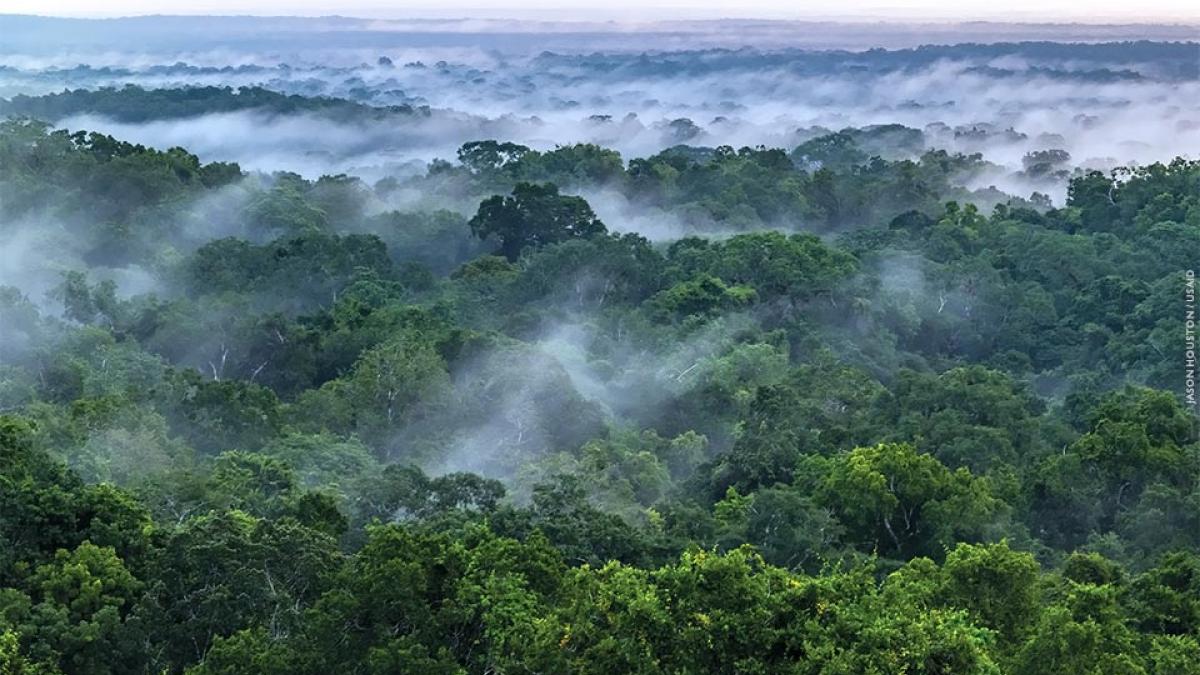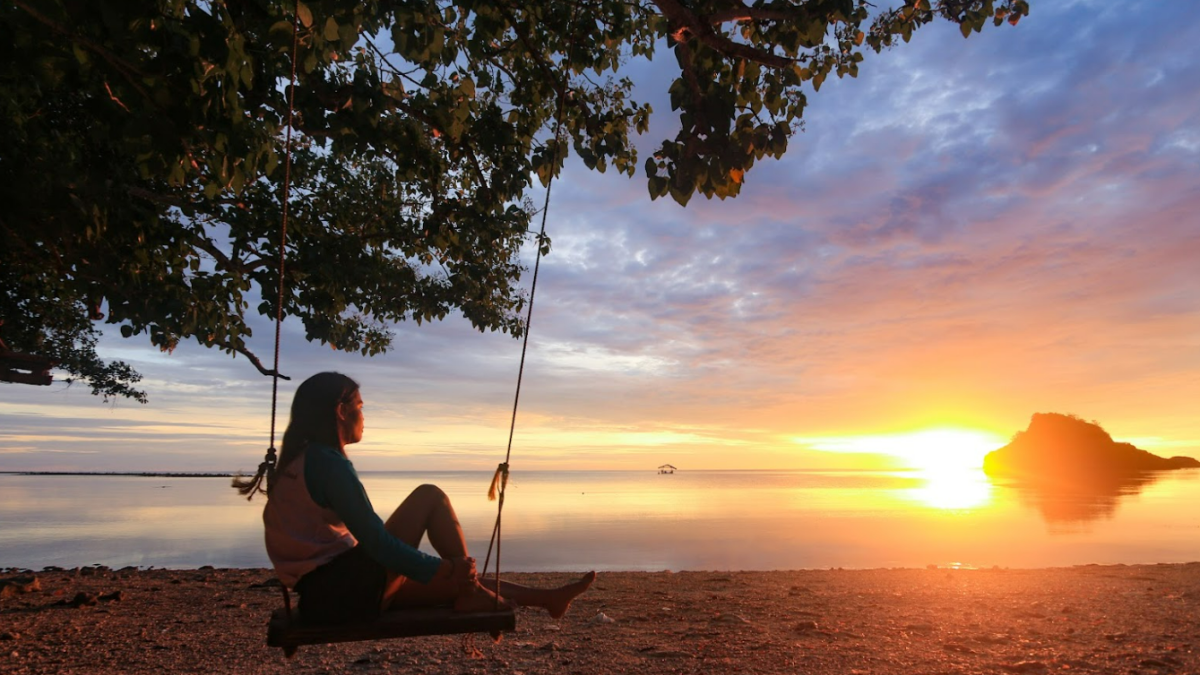Forest Conservation

Jason Houston for USAID
USAID works with countries to protect, manage, and restore their forests. Sound management of environmental and natural resources is integral to a country’s sustainable development and resilience to climate change.
Forests ecosystems provide a wealth of benefits: they are rich in biodiversity and critical to water conservation. They store carbon, improve health and nutrition, provide key resources that contribute to people’s livelihoods, and protect communities from the worst impacts of climate change.
USAID advances natural climate solutions through sustainable landscapes programs focused on carbon-rich and biodiverse, globally important forests and the benefits they provide. Whenever possible, programs work across an entire landscape to achieve results at scale. Landscape-level programs often center around the protection of natural standing forests, complemented by sustainable management and reforestation in surrounding areas. Protecting mature, natural forests provides the most benefit for the least cost, especially with regard to biodiversity conservation, carbon sequestration, and water resources preservation.
USAID Forest Conservation Activities
Working with partner governments, USAID employs multiple approaches to conserve and protect mature forests.
Policy, Planning, and Governance
Policy and planning by governments create a framework to conserve forests and ecosystem services. USAID assists partner governments to designate protections to priority biodiversity areas and carbon-dense forests. USAID also improves forest governance by raising awareness of regulations and building capacity to respond to crimes such as illegal logging.
Protected Area Management
Protected areas include lands that are strictly protected and those that are sustainably used, and they provide the foundation for forest conservation in a broader landscape. USAID assistance for protected area management includes identifying key threats such as agricultural encroachment, forest fires, illegal logging, and wildlife poaching, and developing strategies to address those threats.
Forest Monitoring
Forest monitoring identifies areas of deforestation and associated threats, and helps inform actions to avoid deforestation before it occurs. Approaches to monitoring include ground-based patrols by rangers or local community members and aerial or satellite-based observations of forested landscapes. USAID connects governments and communities with the technology and skills needed to monitor their forests in near-real time, including direct collaboration with other U.S. agencies.
Finance and Markets
Financial systems and markets designed with true environmental costs and benefits in mind are key to aligning economic incentives with large-scale forest conservation. USAID support for carbon markets, payments for ecosystem services, sustainable investing, ecotourism, and private sector and consumer demand for sustainable commodities can encourage forest conservation.
Rights and Resources
Indigenous Peoples and other forest-dependent communities are essential champions for the conservation of the forests upon which they depend. Their ability to manage and protect forests, however, is hindered by their limited inclusion in decision-making processes and by barriers to establishing and maintaining the rights to their lands. Through strengthening land and resource governance, USAID supports both these communities and the forests they maintain.
Examples of USAID Programming
Policy, Planning, and Governance
The Amazon rainforest is one of the most biodiverse regions on Earth and covers more than 60 percent of Peru’s territory. In recent decades, illegal logging and deforestation have intensified and threaten the future of the Peruvian Amazon. USAID is working with the Government of Peru to build the capacity of regional governments and Peruvian forestry agencies to conserve their forests. As part of this work, regional governments are developing landscape-level management plans that improve forest management and leverage markets for non-timber forest products. USAID is also supporting a Forest Transparency Portal that facilitates access to public information on land use and forest management, a key step to increasing oversight and combating illegal logging. This progress is sustained through virtual training for forest sector public servants and continuing education for licensed forest managers.
Protected Area Management
Indonesia, a mega-biodiverse country that is home to Asia’s largest rainforest, is threatened by high deforestation rates. USAID partnered with the Government of Indonesia to improve the management of conservation areas by training rangers to guard against forest encroachment, poaching, and other illegal activities. Over a five-year period, rangers reported 3,660 illegal logging incidents and reduced poaching of species such as orangutan, tiger, and elephant by 90 percent. In addition, to foster forest stewardship, this work formed 25 public-private partnerships to strengthen value chains for sustainable coffee, rubber, cacao, and honey. Through its efforts, USAID improved the management of 7.48 million hectares of forest and reduced emissions from deforestation and forest degradation by 41 percent between 2015 and 2020, equivalent to 76 million metric tons of CO2 or removing 13.3 million cars from the road for a year.
Forest Monitoring
The Congo Basin contains the world’s second largest contiguous rainforest and carbon reserve, and is home to nearly 80 million people representing 150 distinct cultural groups and a rich array of wildlife including the mountain and lowland gorillas, bonobo, chimpanzee, and forest elephant. Unsustainable logging and competing land uses threaten this rainforest. USAID assists the governments of the Democratic Republic of Congo and the Republic of Congo to conduct forest monitoring using satellite remote sensing. These programs enable local actors to improve forest conservation by detecting and responding to deforestation in parks and other key landscapes, and monitoring the expansion of logging, agriculture, and other extractive activities.
Finance and Markets
The Chocó region in Colombia is one of the world’s biodiversity hotspots, containing threatened and endemic species such as tamarins, eagles, and poison dart frogs. USAID partners with the Government of Colombia to work with vulnerable Afro-Colombian and Indigenous communities to implement a forest conservation program that supplies carbon credits, which companies can purchase to offset their carbon tax liabilities. Since 2017, the communities have sold approximately 2.2 million metric tons of carbon credits for USD 11 million. This income supports community conservation and management of 550,000 hectares of forest, and sustainable social and economic development projects that directly benefit 10,000 low-income families.
Rights and Resources
The Amazon is the world’s largest rainforest, housing at least 10 percent of global biodiversity and large stocks of carbon. USAID works in Brazil, Colombia, Ecuador, and Peru to encourage Indigenous Peoples to participate in sustainable economic development to conserve Amazonian biodiversity and reduce carbon emissions from deforestation. This work includes training Indigenous leaders and communities in strategic planning, conflict resolution, social inclusion, and legal rights. Additionally, USAID helps mainstream Indigenous communities’ priorities in public dialogue, and helps them establish monitoring systems for infrastructure and extractive activities.



